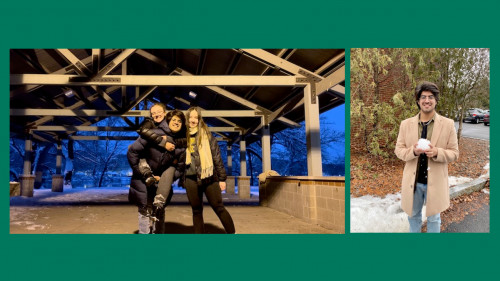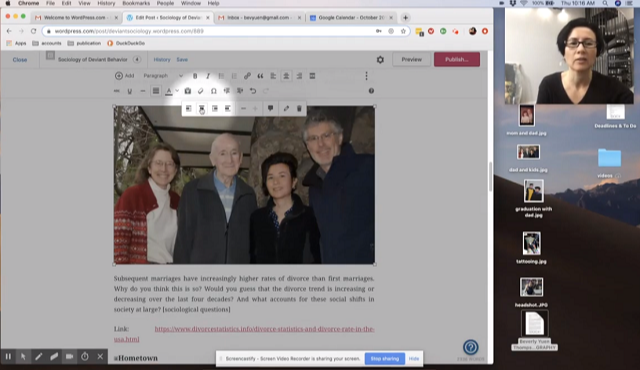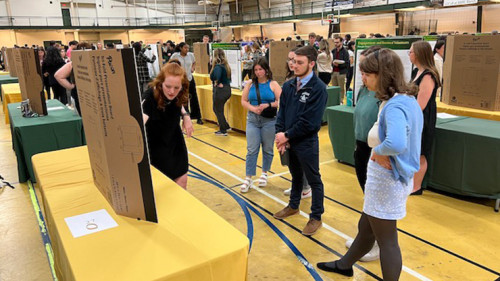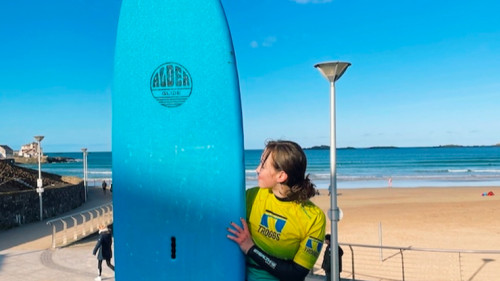
Moving a lecture and group discussion online is challenging; moving an entire chemistry lab into the virtual classroom is especially difficult. But not impossible...
In an upcoming chemistry class, Dennis Bennett, M.S., general chemistry lab manager, will ask his students to determine the equilibrium constant for bromothymol blue via UV-Vis spectroscopy. Typically, they would need test tubes, chemicals, and other lab equipment to arrive at the answer. But, in a virtual lab, that's not possible. So, Bennett's been testing a three-pronged plan that requires performing the experiments that students would have performed:
1) He's collecting data which can be included on worksheets and spreadsheets that will be sent out to the students.
2) He's been working with the other course instructors on developing pre-lab lectures, worksheets, and other materials that can be used during remote instruction. This includes taking advantage of the resources provided by the American Chemical Society as well as the simulations developed by Physics Education Technology to help students visualize techniques and concepts.
3) Bennett has kept in contact with many of his students over email, providing updates and a blueprint for the class. They even had virtual meetings just to ensure the students' cameras and microphones are working properly.
"While the faculty and students are both anxious about beginning remote classes, there is an undeniable feeling of solidarity and determination both amongst the faculty and between faculty and students. This is one of the best things about working at Siena: we are a family, and we know that during this difficult time we have one another to rely on."
Dennis Bennett, M.S., general chemistry lab manager

Beverly Thompson, Ph.D., associate professor of sociology, has been teaching three separate courses online for several years. She often begins with a sociological autobiography. The students learn to contextualize their own identity within that of national averages. They talk about their various backgrounds and how representative this is in the United States as well as their hobbies and career objectives. It provides a nice way for students to get to know their classmates online.
Thompson creates YouTube videos with step-by-step instructions (snapshots, above). Her students are also taught how to design a website that incorporates a range of research, pictures, videos, and academic courses. For students who will be learning online for the first time, Thompson offers some reassuring words:
"Each semester, most of my students have never taken an online class, but I am always impressed by their abilities to jump in using the online tools for the first time.They already live in this digital world socially, and their abilities from other platforms provide them with the insight into use of these other tools. Students will be entering a high tech world in which their future jobs will have many online elements. I'm especially touched when students go on to use the online tools they have learned in my class, in their other classes, teach such tools to their other professors, or continue to develop their online portfolios or use such tools in their careers right after college. Not only do students learn from the content of a college course, but the online versions also teach students valuable digital skills that will assist them in their futures."

